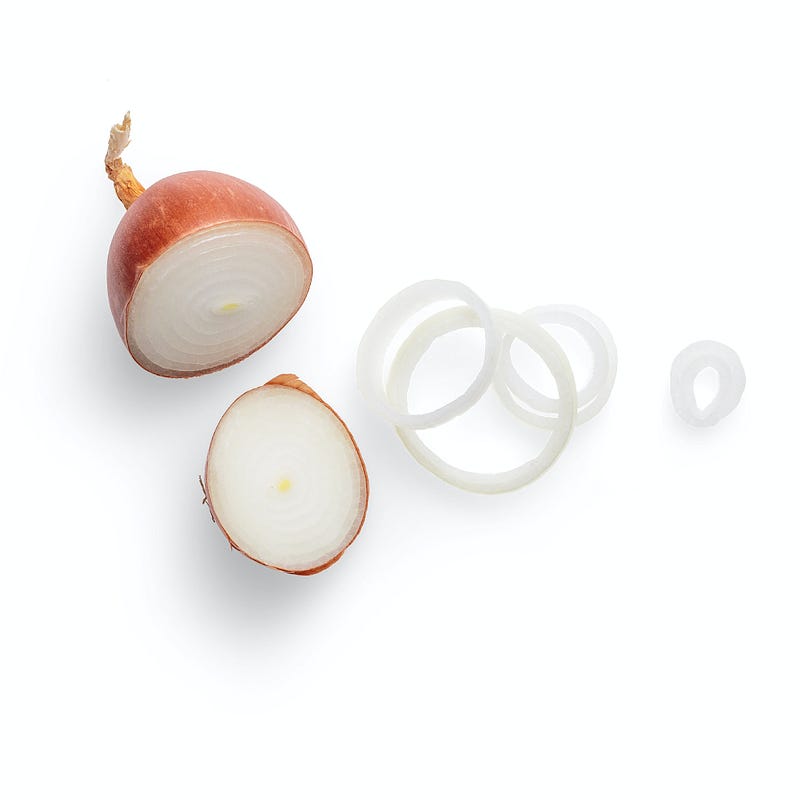Understanding the Tears: The Science Behind Onion Cutting
Written on
Chapter 1: The Role of Onions in Our Cuisine
Onions are a staple in many dishes, enriching flavors and enhancing culinary experiences. It’s hard to imagine a burger without caramelized onions, a plate devoid of onion rings, or an onion soup lacking this essential ingredient. In fact, approximately 93% of American restaurants incorporate onions into their most popular meals, with the average person consuming around twenty pounds of onions each year.
Section 1.1: The Tearful Price of Enjoying Onions
However, with their popularity comes a significant drawback: the tears that often accompany slicing them. This reaction is primarily caused by a compound known as the lachrymatory factor, which irritates the eyes.
When you begin to peel or chop an onion, various chemicals, including alliinase and cysteine sulfoxides, come together and react to form sulfenic acid. This sulfenic acid can take one of two paths: it can either condense rapidly to create an organosulfur compound that contributes to the onion’s strong aroma and taste, or it can convert into the lachrymatory factor.
Subsection 1.1.1: The Connection Between Flavor and Tears
Research indicates that the lachrymatory factor is directly related to the onion's flavor profile. In simpler terms, the more lachrymatory factor produced, the stronger the onion’s taste. When cutting onions, this factor is released in a volatile form, quickly transitioning from liquid to vapor. This vapor irritates the eyes, leading to tears. Interestingly, this chemical defense mechanism helps protect onion plants from pests and animals.

Section 1.2: Tips to Reduce Onion-Induced Tears
To minimize eye irritation while chopping onions, consider using protective measures such as a face shield or opting for a sharper knife, which tends to produce less lachrymatory factor. Another effective method is soaking the onions in water for about ten minutes prior to cutting; this can significantly decrease the amount of lachrymatory factor released, thus lessening eye discomfort.
Chapter 2: Videos for Further Understanding
The first video titled "Why Do Onions Make Me Cry?" explains the underlying chemistry involved in this common kitchen experience, providing insights into the lachrymatory factor and its effects.
The second video, "WHY DO ONIONS MAKE YOU CRY? And how to prevent it?" offers practical tips and tricks for reducing tears while chopping onions, making the process much more pleasant.